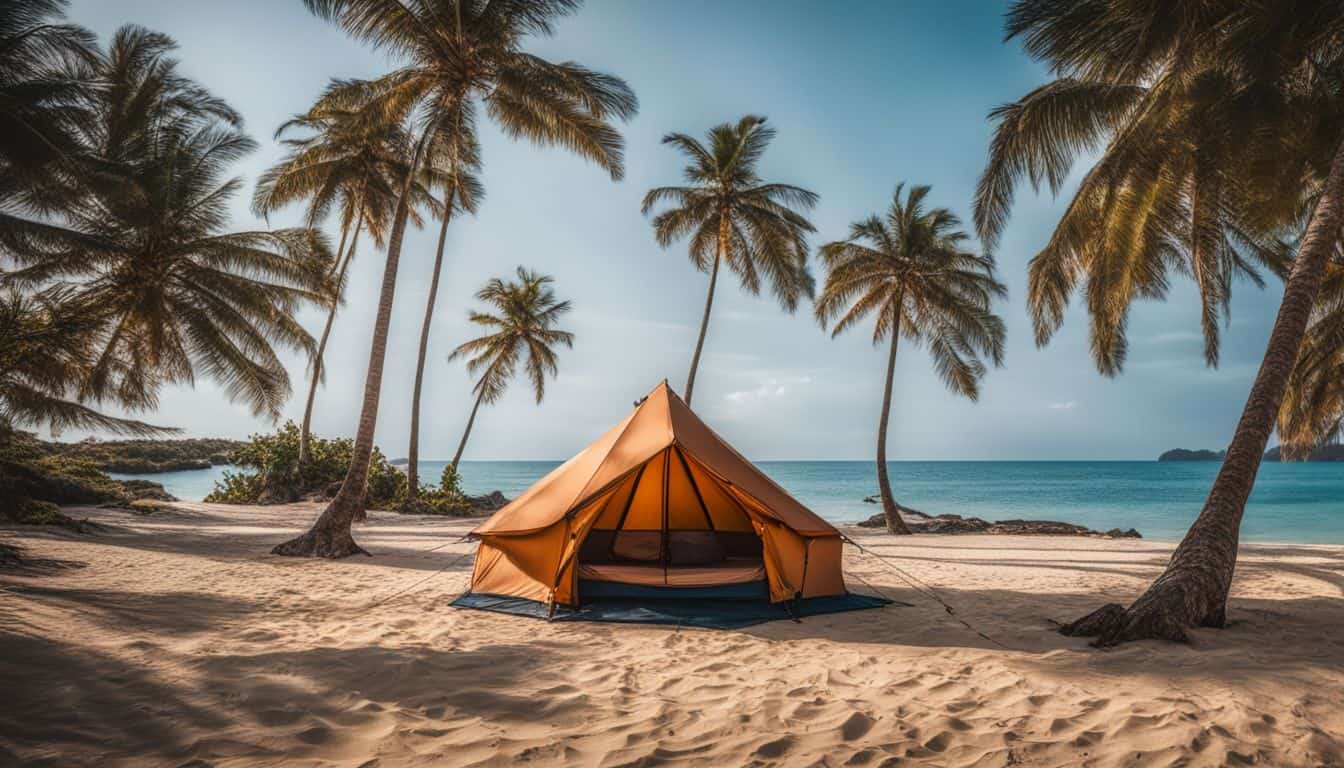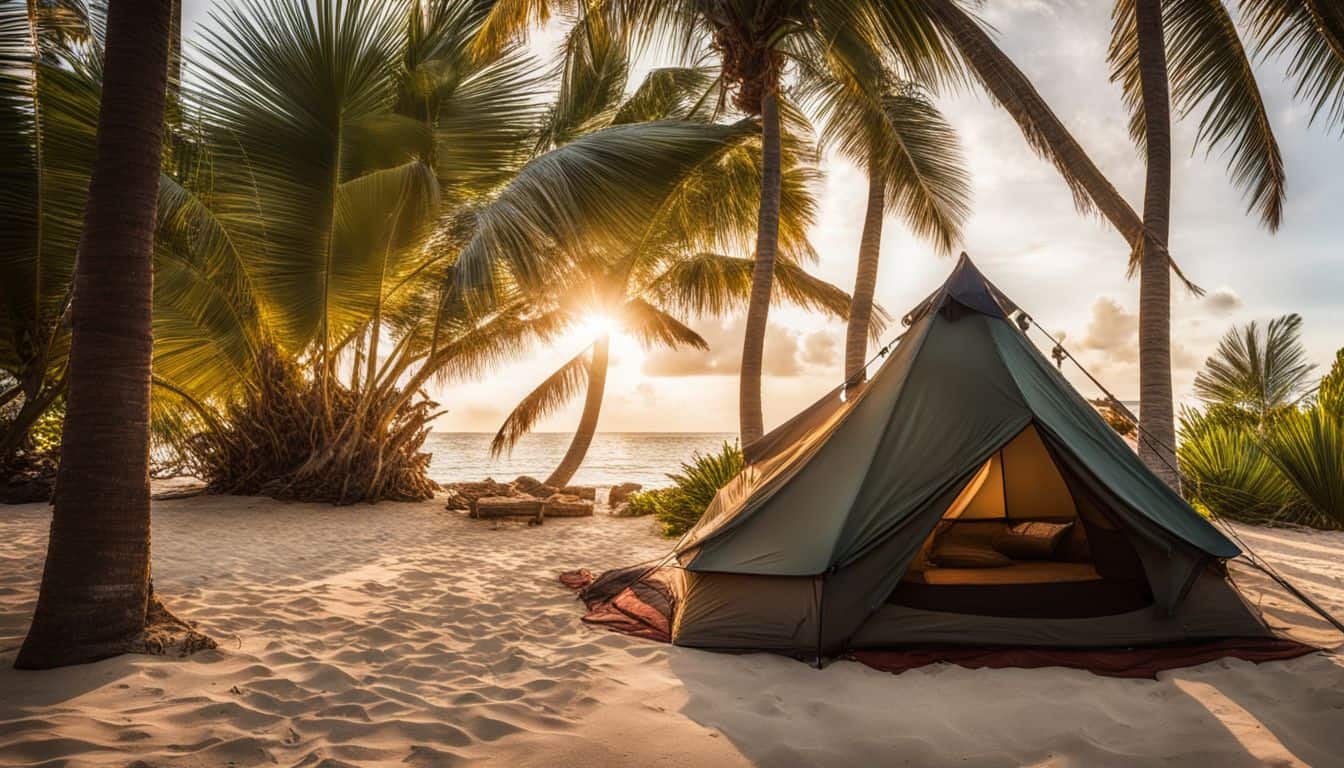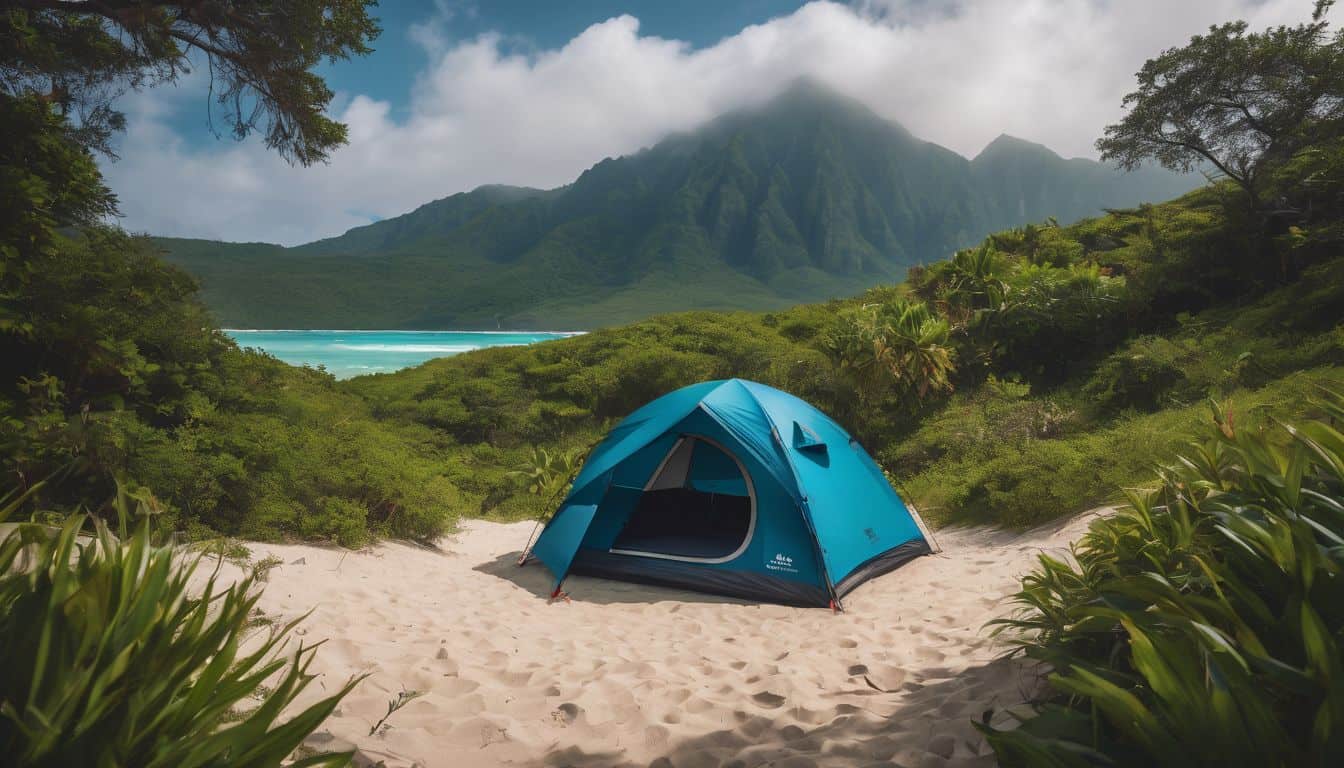Island camping offers a unique and thrilling experience for outdoor enthusiasts. While it shares some similarities with tropical camping, island camping presents its own set of challenges and rewards. This guide will explore three remarkable island camping destinations: Channel Islands, Apostle Islands, and North Manitou Island.
Introduction
Island camping combines the serenity of isolated natural settings with the adventure of exploring unique ecosystems. Each of our featured locations offers distinct experiences, from the rugged beauty of Channel Islands to the diverse archipelago of Apostle Islands and the wilderness immersion of North Manitou Island. Island camping provides a unique opportunity to disconnect from the mainland and immerse oneself in pristine natural environments.
The isolation of these locations often leads to encounters with unique flora and fauna, as well as breathtaking landscapes shaped by wind and water. Campers can expect a more intimate connection with nature, often experiencing a sense of solitude and adventure that’s hard to find in more accessible camping destinations.

Channel Islands National Park
Location and Access
Channel Islands National Park, off the coast of Southern California, is accessible via ferry services from Ventura. Santa Cruz Island is the primary camping destination, offering a perfect base for exploration. The ferry ride itself is part of the adventure, offering opportunities for whale watching and enjoying coastal views. Once on Santa Cruz Island, campers find themselves in a world apart, with rugged cliffs, hidden coves, and expansive views of the Pacific Ocean.
Camping Options
Scorpion Bay campground on Santa Cruz Island provides a comfortable camping experience with basic amenities. The campground is set in a scenic valley, offering protection from winds and easy access to hiking trails and the beach. While basic, the amenities include picnic tables, food storage boxes to protect from wildlife, and pit toilets. The campground’s location allows for easy exploration of the island’s diverse landscapes.
Activities
Visitors can enjoy kayaking, exploring sea caves, hiking trails like Potato Harbor and Smugglers Cove, and observing unique wildlife such as the island fox. Kayaking around the island offers a unique perspective of the coastline and access to hidden beaches and sea caves. The island fox, found nowhere else in the world, is a common sight and a highlight for many visitors. Hiking trails offer diverse experiences, from coastal walks with panoramic ocean views to inland trails through unique island vegetation.
Essential Gear and Preparation
Pack carefully for both day trips and overnight stays, considering the limited resources available on the island. Water and food planning is crucial. There are no stores on the island, so all supplies must be brought from the mainland. A good quality tent, sleeping bag, and pad are essential, as are sturdy hiking boots for exploring the rugged terrain. Sun protection is crucial, as shade can be limited on many parts of the island. A detailed map of the island and a first aid kit are also important for safety.
Planning and Preparation
Self-sufficient camping is required, necessitating careful gear selection, water filtration, and waste management planning. When preparing for island camping, every item must be carefully considered for its utility and weight. A reliable water filtration system is crucial, as natural water sources may be limited or require treatment.
Waste management is equally important; campers must be prepared to pack out all trash and follow proper sanitation practices to protect the island’s ecosystem. This level of self-sufficiency requires thorough planning, from meal preparation to gear maintenance, ensuring you have everything needed for the duration of your stay without relying on island resources.
Common Considerations for Island Camping
Leave No Trace Principles
These principles are crucial in preserving fragile island ecosystems. On islands, the impact of human activity can be more pronounced due to limited space and resources. Practicing Leave No Trace goes beyond just packing out trash; it includes minimizing campfire impacts, respecting wildlife, and staying on designated trails. Educate yourself on the specific ecological concerns of the island you’re visiting and adjust your practices accordingly.
Weather and Climate Preparedness
Island weather can differ significantly from mainland conditions, requiring versatile gear and clothing. Islands can experience rapid weather changes, from sudden storms to intense sun exposure. Pack layers that can adapt to various conditions, including waterproof outer layers. Be prepared for higher winds, especially near coastlines, and consider bringing sun protection like hats and high-SPF sunscreen.
Wildlife Encounters
Respect local fauna and observe safely to minimize impact on island wildlife. Islands often host unique and sometimes endangered species. Maintain a safe distance from all wildlife, avoid feeding animals, and store food securely to prevent attracting creatures to your campsite. Learn about the specific wildlife you might encounter and any special guidelines for interacting with them.
Emergency Preparedness
Limited services on islands make emergency planning and communication devices essential. Bring a well-stocked first aid kit and know basic first aid procedures. A reliable communication device, such as a satellite phone or emergency beacon, can be crucial in remote island locations where cell service may be nonexistent. Familiarize yourself with emergency evacuation procedures specific to the island you’re visiting.

Conclusion
While island camping offers unique challenges, it shares some similarities with mountain camping and high-altitude adventures in terms of isolation and the need for self-reliance. However, the coastal environments provide a distinctly different experience from forest camping. The combination of marine and terrestrial environments in island camping creates a unique ecosystem to explore and appreciate, offering experiences that blend elements of both mountain and forest camping with the added dimension of coastal landscapes and marine life.
Island camping at Channel Islands, Apostle Islands, and North Manitou Island offers unparalleled opportunities to connect with nature in stunning, isolated environments. Each destination provides its own unique appeal, from diverse ecosystems to rich histories. By properly preparing and respecting these pristine environments, campers can enjoy unforgettable adventures in some of America’s most beautiful island settings.

Leave a Reply